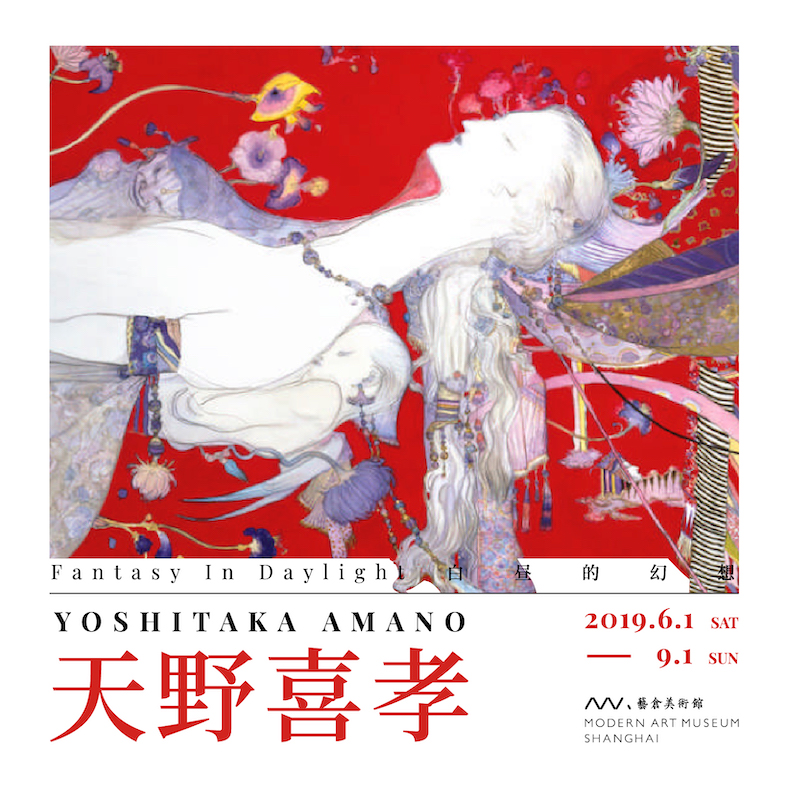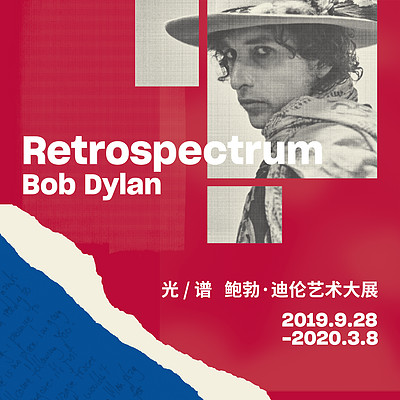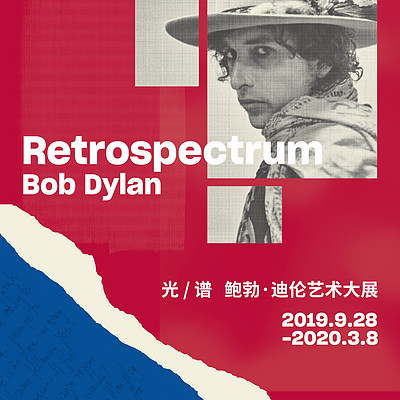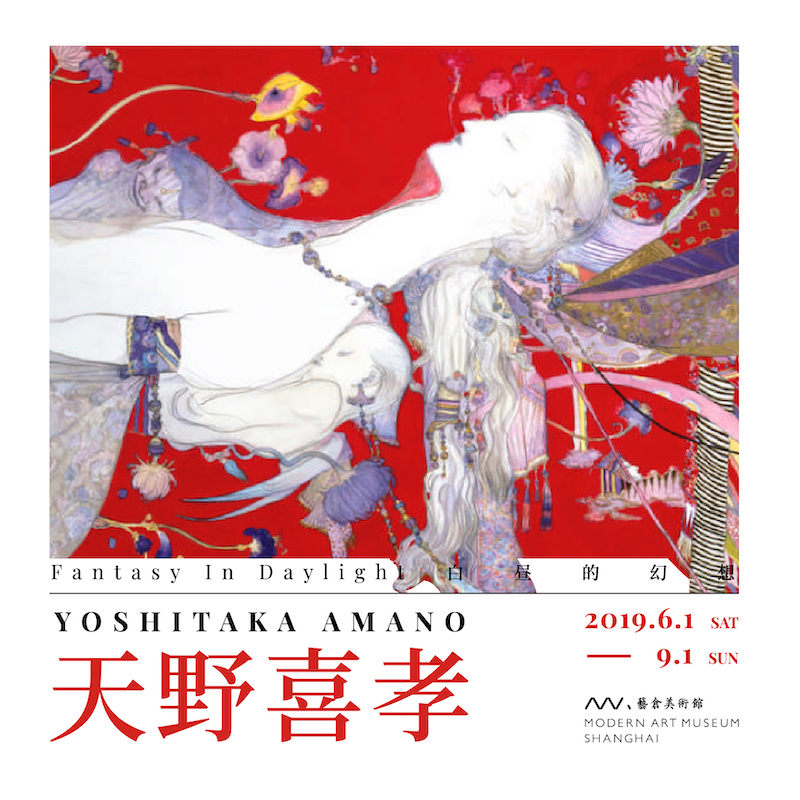
 21期
21期





如何将天野喜孝的华丽插图改编成游戏格式?
天野喜孝参与游戏开发之初,被邀请到工作室了解开发的流程,他像是一位数字化原始人问著:“像素是什么?”、“为什么只能在红白机上使用特定的颜色?”诸多基本问题。结束在游戏工作室的震撼教育,天野认为他必须创建可以在游戏机上显示的插图,改以像素绘制出全新图像。
这一改动则“震撼”到游戏开发者坂口博信,他立即告知天野:“我们重视的是你的想象力。我们首先希望让玩家进入到你所设计的海报、封面和手册插图中。这些插画将使他们在这个像素化世界的旅程充满奇异幻想。请把所有规格视为不存在一样地去工作,并像往常一样画出你的角色。“
坂口的说明让天野安心做回了自己。在15年来的动画领域工作中,天野早已习于人们如何简化他的图形。例如第一代《最终幻想》游戏,天野给出的怪物设计都是黑白稿,让游戏设计师自行选择可使用的颜色。
From original drawings to pixels
How Amano’s fantastic illustrations were adapted into the games?
At the early stage of game development, Yoshitaka Amano was invited to the studio. As a person who knew little about digital technology, Amano asked such basic questions as “What’s a pixel?” “How come only certain colors can be shown on the Famicom?” After the educational shock at the studio, Amano believed that his illustrations must be adaptable to the Famicom—to be able to display well in pixels.
This change was a surprise to the game developer Sakaguchi Hironobu, who said:“You should work as there is no rule, just continue to draw like always, we value your imagination. We want the gamers to be impressed by the posters, covers, and booklet illustrations designed by you, which will be the foundation for a fantasy journey.”
Sakaguchi Hironobu’s words made Amano feel assured. Over the 15 years, he got used to his drawings being adapted and simplified. For instance, in the first episode of Final Fantasy series, the monster designs Amano provided were only black-and-white, which were able to be put into color by game developers.



沪ICP备06026464号-4 网络文化经营许可证
沪网文[2014]0587-137号
信息网络传播视听许可证:0911603
©2011-2019 qingting.fm ALL Rights Reserved.
应用名称:蜻蜓FM | 开发者:上海麦克风文化传媒有限公司